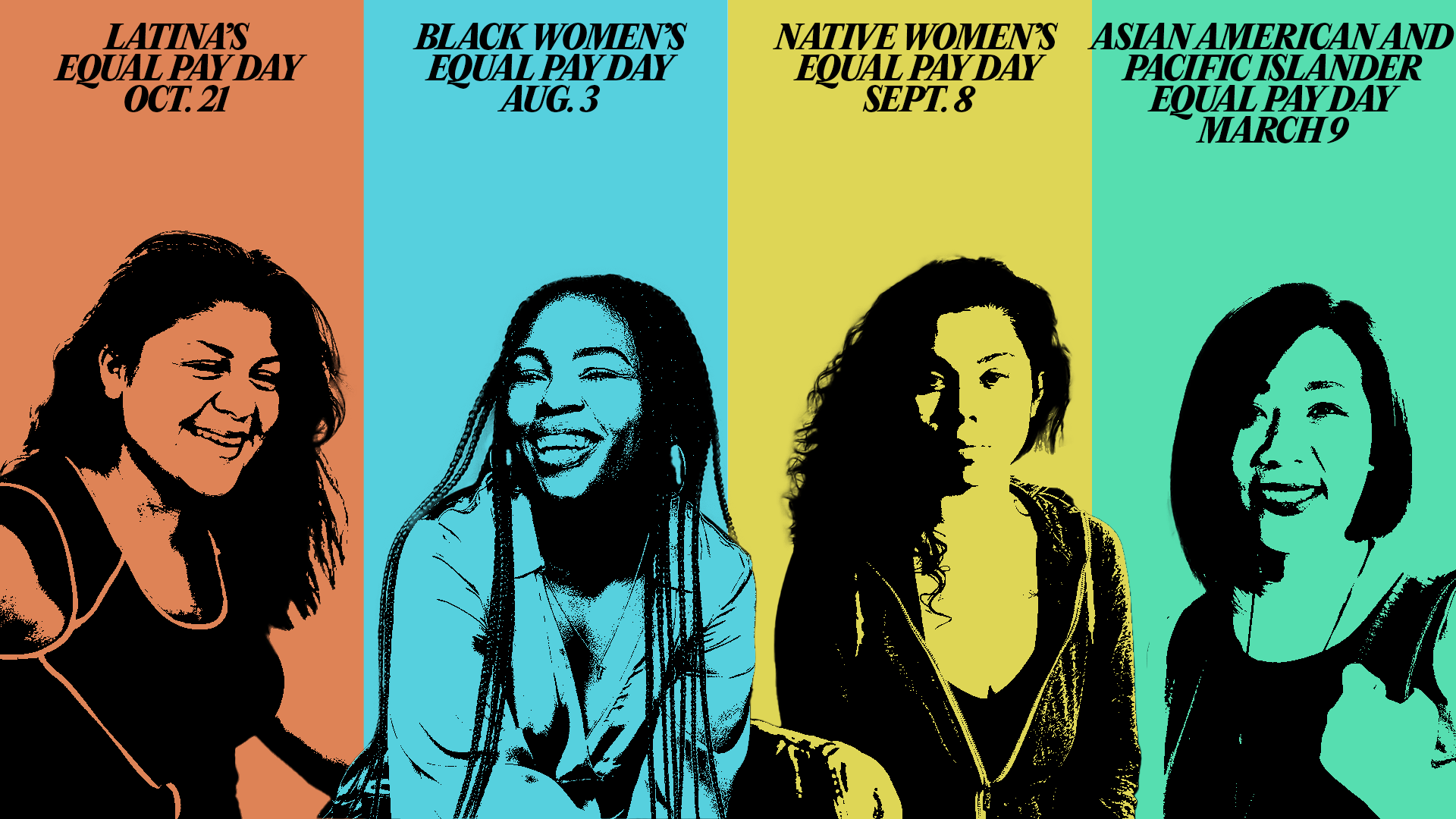As Women’s History Month comes to a close, it is important to focus on the progress society has made with women’s civil rights. However, we cannot deter from the fact that there is a long way to go before true equality. One example of this inequality between men and women we can see every day in is the gender wage gap.
The gender wage gap refers to the difference in earnings between women and men. This gap has been calculated in numerous ways by a variety of organizations with varying results, all of which have the same general consensus that women consistently earn less than men, with a wider gap for women of color.
According to the most recent U.S. Census Bureau Data from 2019, on average, a full-time working woman earns 82 cents for every dollar earned by a man working under the same conditions. If you look at this number timewise, on a typical 9-5 workday, women start working for free at around 2:40 p.m. Despite this gap being a glaring problem within our country, this statistic has made little progress in the past half-decade, with a decrease of only 7 cents since 2015 and no decrease within the past year.
All Women’s Equal Pay Day falls on March 24 this year, and the date is much more symbolic than meets the eye. Started by the National Committee of Pay Equity in 1996, Equal Pay Day denotes how far into the new year women must work to be paid what men were paid the previous year.
Despite this unfortunate statistic caused by discrimination, progress is still being made. Last year, the United Nations celebrated the first International Equal Pay Day on Sept. 18 to represent the longstanding efforts toward equal pay for work of equal value. In addition, in 2016, the Pay Equity for All Act amended the Fair Labor Standards Act of 1938 to prohibit employers from seeking or requiring previous wage information from job applicants.
There is still a long fight to be made to close this wage gap and stop discrimination of women in the workforce. Throughout the pandemic, we have learned how important online communication can be. So, for this Equal Pay Day, take to the internet and express your discontent for the wage gap. For more information on the wage gap, you can check out the Equity National Committee on Pay Equity or the Equal Pay Today Campaign websites.
Since its establishment, other Equal Pay Days have been added to the calendar in order to represent other minority women populations and the gap they experience. This includes Asian American and Pacific Islander Equal Pay Day on March 9, Black Women’s Equal Pay Day on Aug. 3, Native Women’s Equal Pay Day on Sept. 8 and Latina’s Equal Pay Day on Oct. 21, with a staggering 55 cents for every dollar paid to white men.


